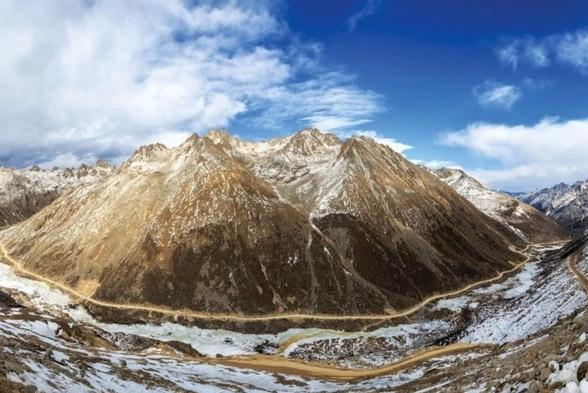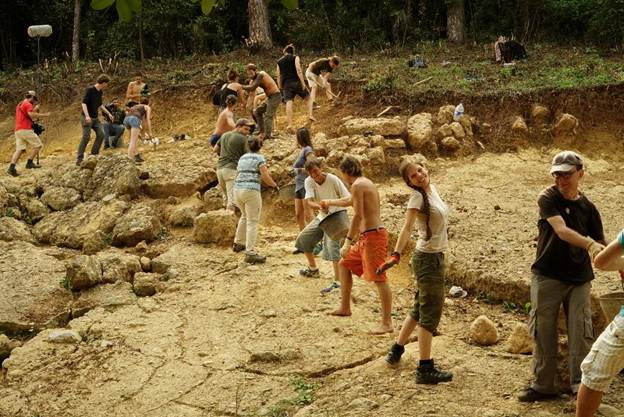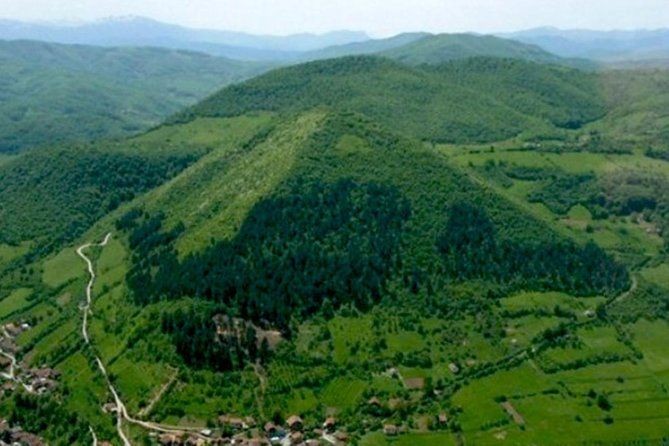Scientists thought people first set foot on the frozen Tibetan Plateau 15,000 years ago. New genomic analyses suggest multiplying that figure as much as fourfold
The first humans who ventured onto the Tibetan Plateau, often called the “roof of the world,” faced one of the most brutal environments our species has ever confronted. At an average elevation of more than 4,500 meters, it is a cold and arid place with half the oxygen present at sea level. Although scientists had long thought no one set foot on the plateau until 15,000 years ago, new genetic and archaeological data indicate that this event may have taken place much earlier—possibly as far back as 62,000 years ago, in the middle of the last ice age. A better understanding of the history of migration and population growth in the region could help unravel the mysteries of Tibetans’ origin and offer clues as to how humans have adapted to low-oxygen conditions at high altitudes.
















